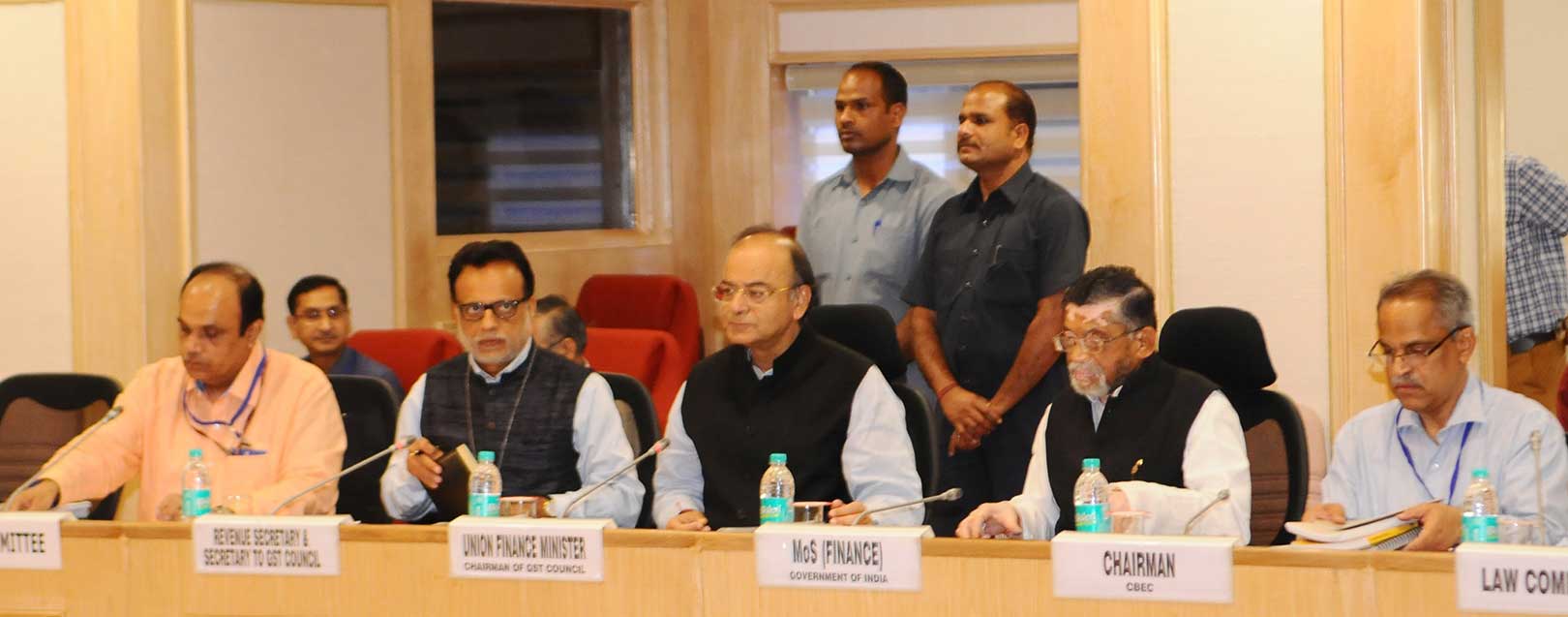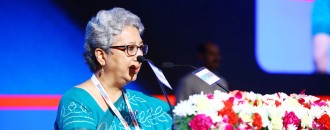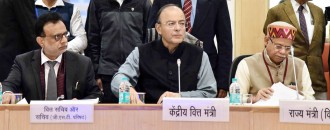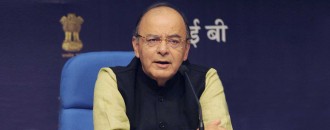
Jaitley, FinMin officials present GST blueprint to ministers
PTI
Finance Minister Arun Jaitley and his ministry officials on Wednesday presented to the Council of Ministers a blueprint for launch of the path-breaking GST from July 1 to transform the Indian economy.
Revenue Secretary Hasmukh Adhia made a detailed presentation to the Council -- the supreme executive organ headed by Prime Minister Narendra Modi -- on how the Goods and Services Tax (GST) will be implemented and the challenges before it is rolled out.
The biggest tax reform since Independence, GST has been in the works for more than a decade. It will transform the $2 trillion economy and market of 1.3 billion people into a single economic zone with a single national sales tax.
GST will subsume central taxes like excise duty which is levied on manufacturing and service tax as well as state taxes like VAT that is chargeable on sale.
Sources said Adhia informed the meeting of the four-slab rate structure of 5, 12, 18 and 28 per cent finalised by the GST Council. He explained how the fitment of different goods and services in these slabs is being done to keep their impact on consumers as well as exchequer neutral.
GST will broadly be in line with current levies on most goods and services, sources said.
Besides making it easier to do business in India, GST will improve compliance, boost tax revenue and expand GDP by up to 2 per cent by vanquishing out-of-tax-net parallel trade.
Also, checkpoints at state borders will be dismantled, making movement of goods smooth, he told the meeting.
Sources said Jaitley intervened during the presentation to explain how states will benefit from GST and that the new indirect tax regime is not anti-state but actually pro-state.
At the fag end, the Prime Minister said more such presentations will take place.
The role of GST Council, headed by Jaitley and comprising representatives of all 29 states, was explained in detail so as to counter any propaganda against any right of states being encroached or trampled upon, they added.
The meet, which also saw a presentation being made on Digital India and how demonetisation of old 500 and 1000 rupee notes has helped the economy and the nation, lasted two-and-a-half-hours.





